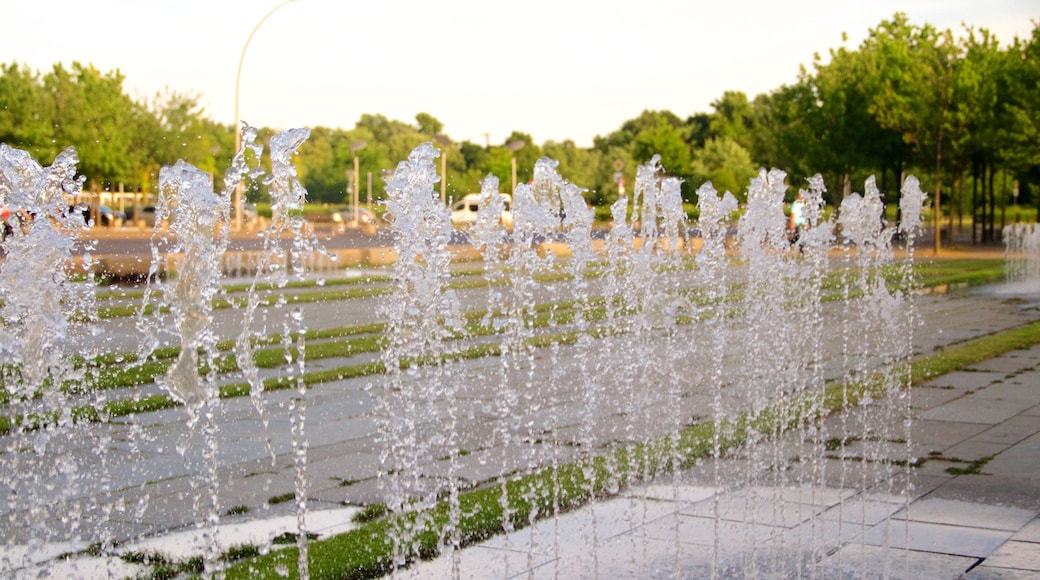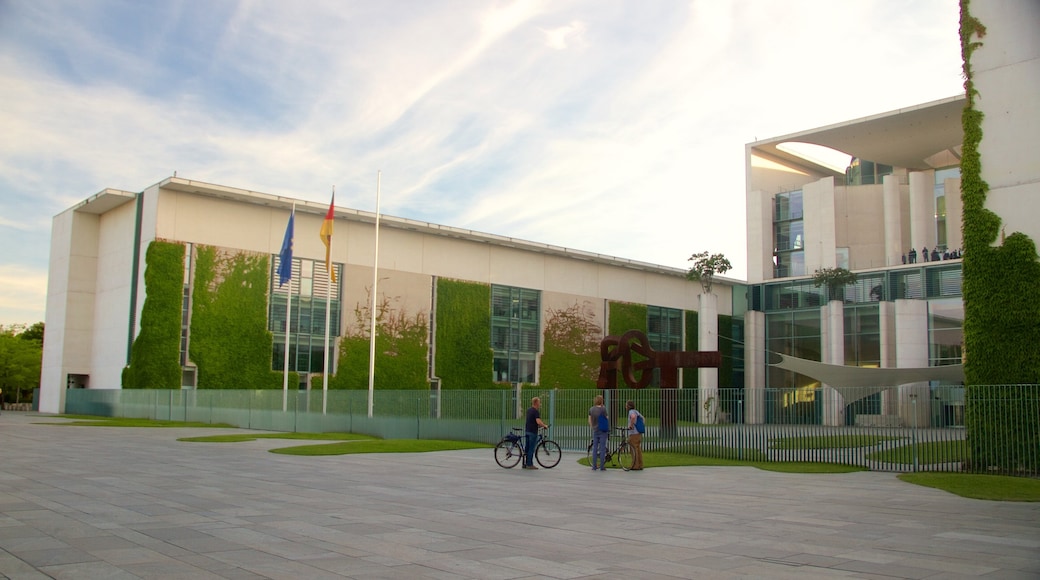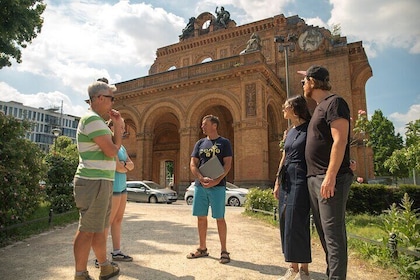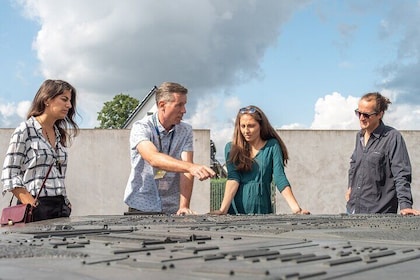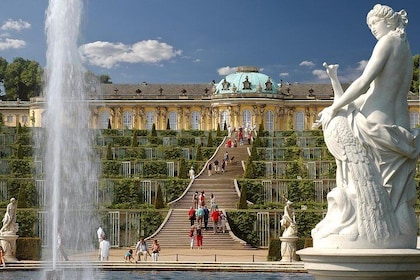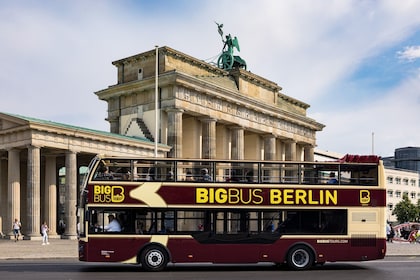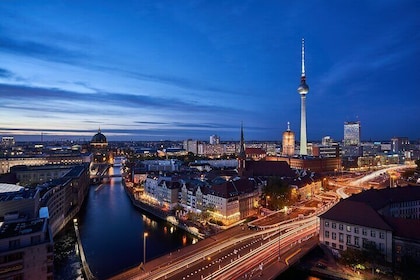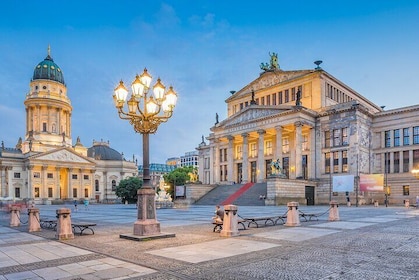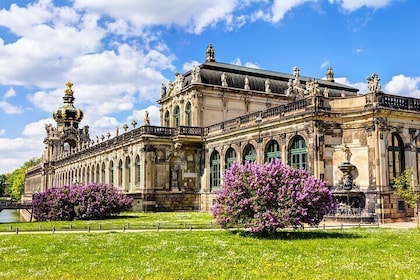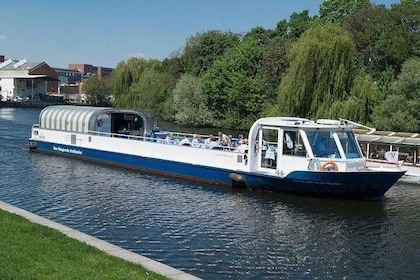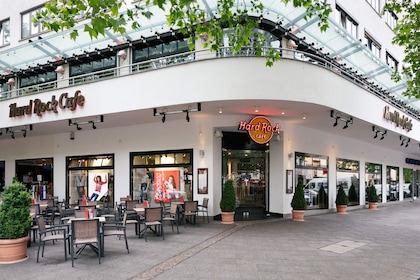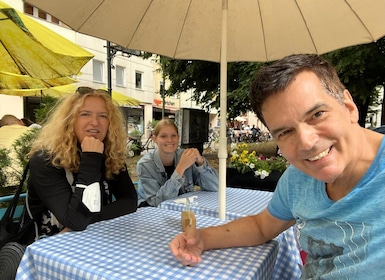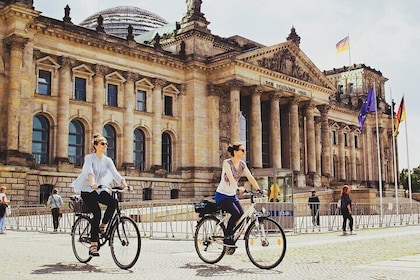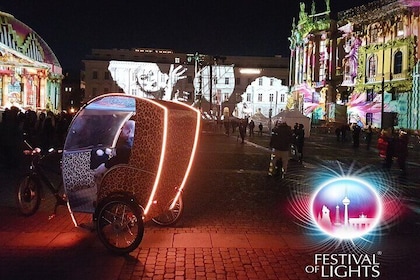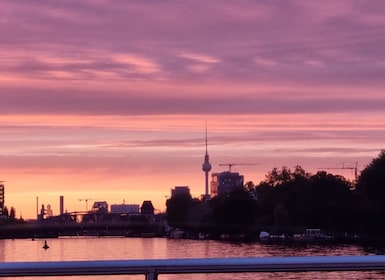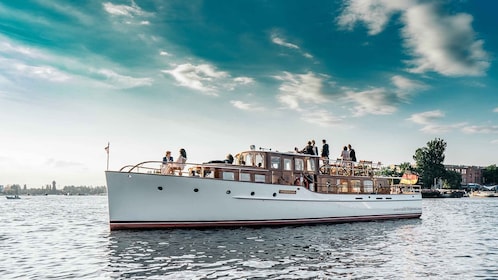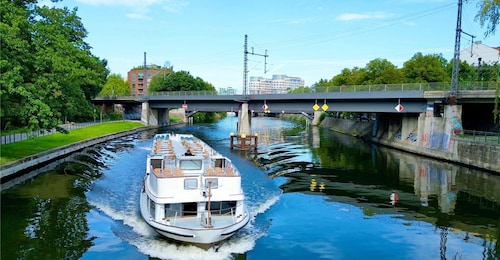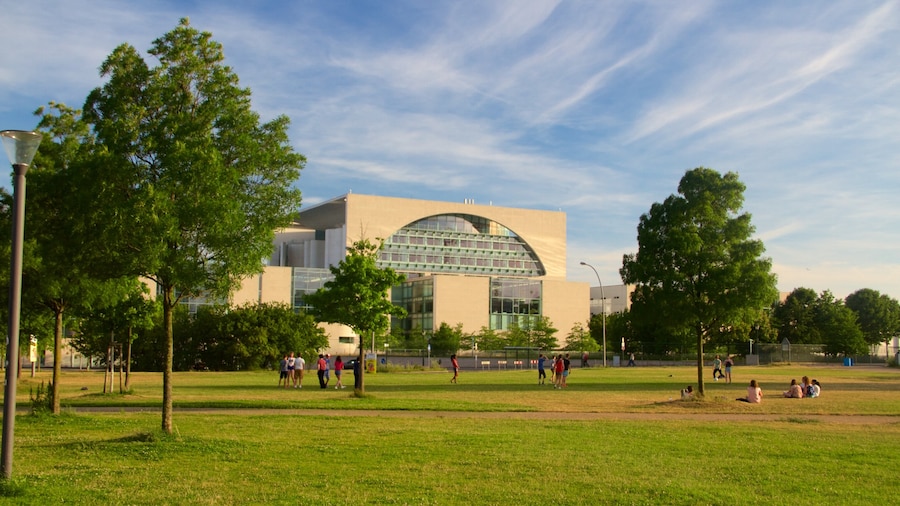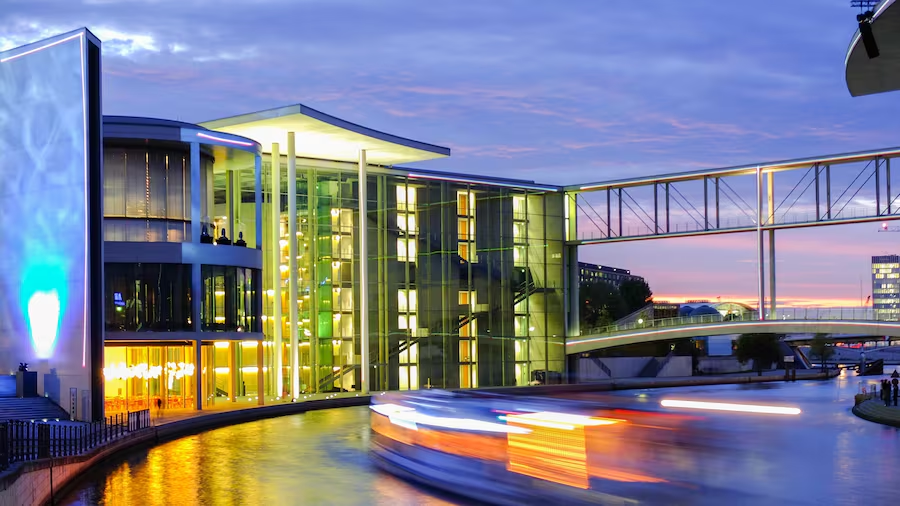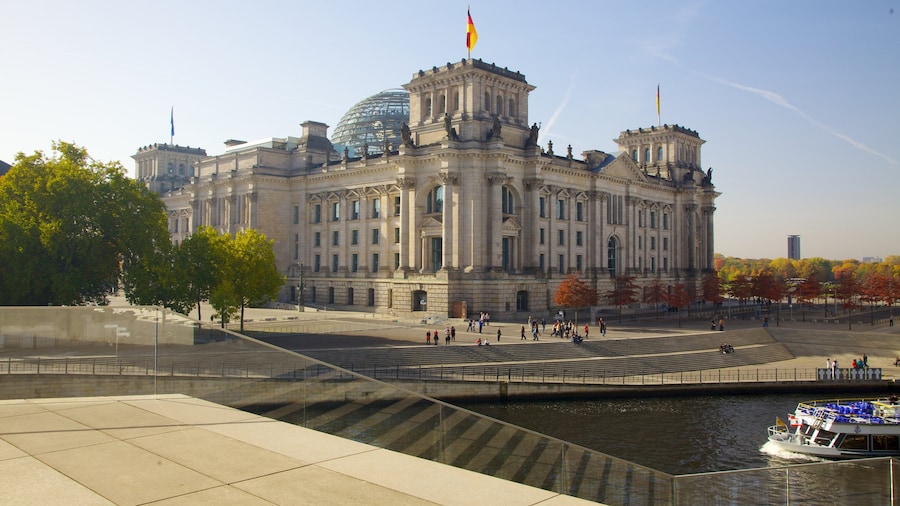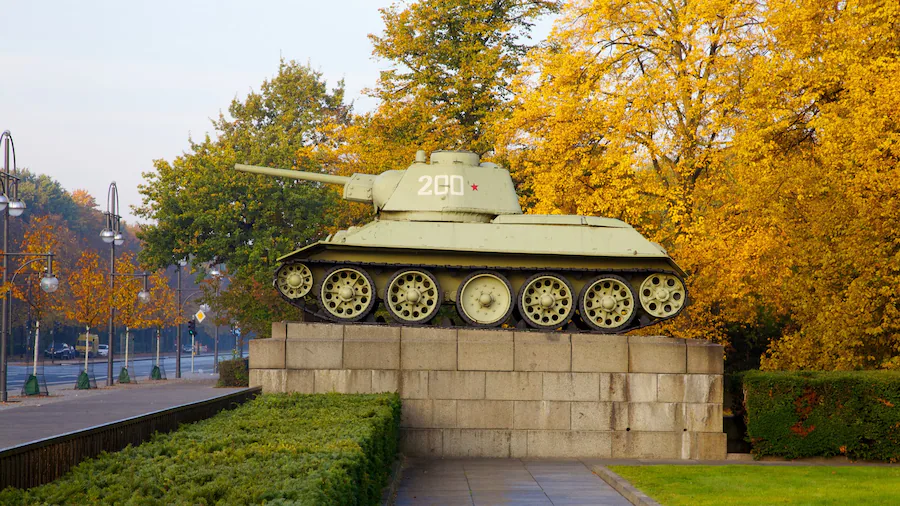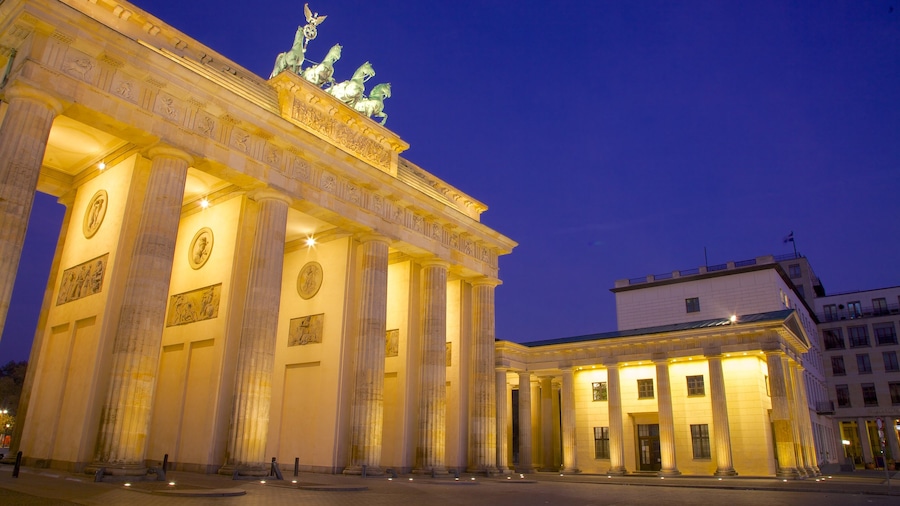The white and shining headquarters of federal government on the banks of the River Spree is a testimony to the newest chapter in German history.
The German Chancellery’s daring modern architecture stands in stark contrast to the classic beauty of the nearby Reichstag nearby. Together the buildings seem to unify the new and the old Berlin and both are striking examples of the grandeur of the “bond of the federation” government district. Take your time to admire the scale, shapes and elegance of the Bundeskanzleramt, as this civic building is called in German.
The talented duo Axel Schultes and Charlotte Frank designed the nine-story cube with its parallel-running administrative wings. The architects added a huge semi-circle to the upper façade, earning the building the affectionate nickname “the washing machine”.
The Chancellery was built in celebration of the fact that the Republic’s capital was able to move back from Bonn to Berlin after the fall of the Berlin Wall in 1989. The design symbolises the openness and transparency of a new, united Germany. This is achieved by huge glass panels and white concrete columns.
The foyer opens onto the Courtyard of Honour, where visiting dignitaries are officially welcomed. The centerpiece of the courtyard is Eduardo Chillida’s huge bronze sculpture Berlin, a tribute to German reunification.
Keep an eye out for works by modern German artists if you get a chance to tour the building. The Chancellor Gallery on the second floor displays portraits of the Federal Republic’s seven former chancellors. The lofty Skylobby has striking modern paintings on its white walls, as well as the building’s best views. Look out over the greenery of the Tiergarten, the majestic dome of the Reichstag and the city skyline beyond.
Register for a free tour of the German Chancellery or visit the Open Day in September when its chambers and state banquet rooms are open to the public. Make it part of a self-guided political history tour, starting at the centrally located Brandenburger Tor and including the Reichstag and the Paul-Löbe-Haus (Bundestag). Berlin’s government district can also be reached by U-bahn.

